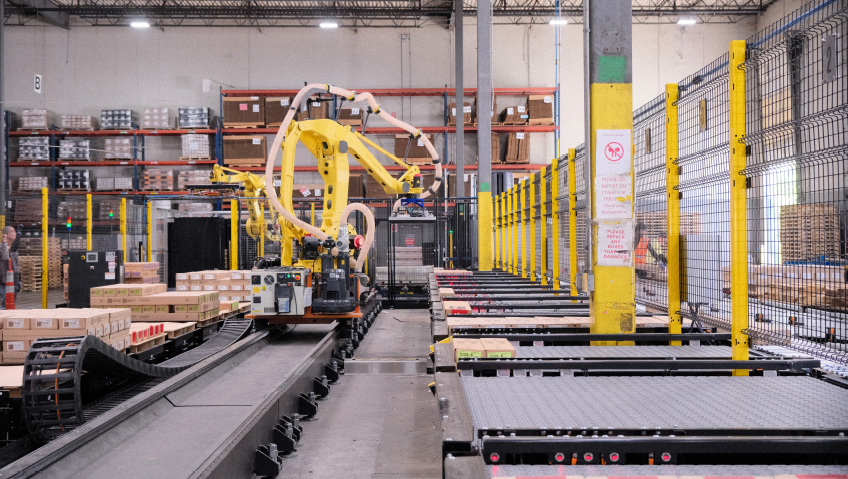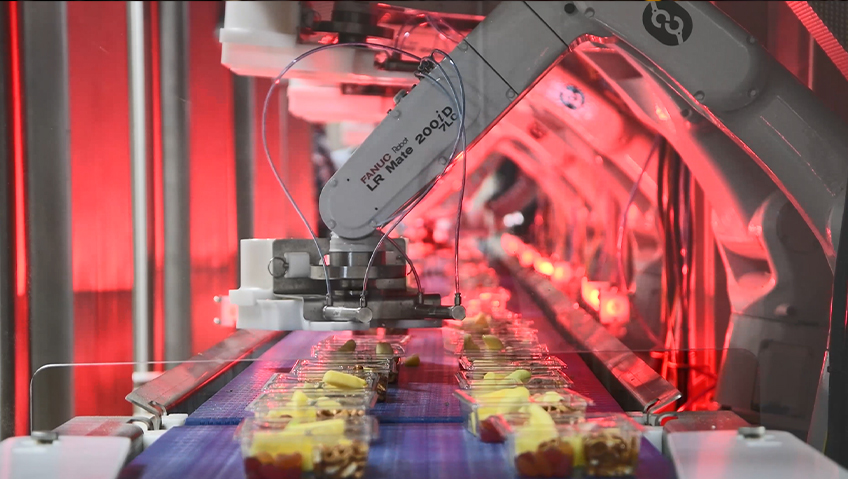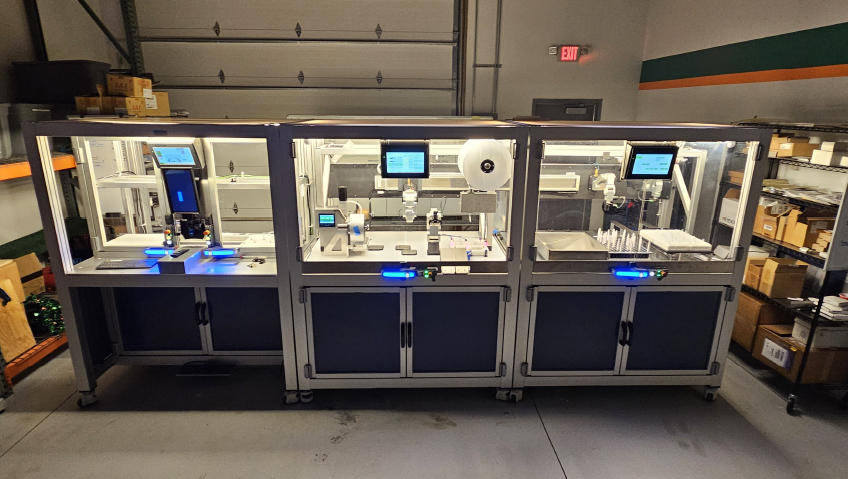You’re busy making what will clearly be an amazing meal. You check the recipes, get out the ingredients, and are chopping away. And with all that multitasking, that’s when it happens—you slice your finger with an inadvertent chop.
For many, while unpleasant, this isn’t a particularly dangerous situation. But for people with hemophilia or diabetes, healing a wound becomes a lot more complicated.
Most of us reach for a bandage when we have a cut—essentially the same adhesive strip we’ve used for the past 100 years. But recently, the humble bandage has been getting a high-tech upgrade. Developers are adding tiny sensors to create smart bandages that can do much more than just cover a wound. These sensors can monitor healing progress and even allow doctors to remotely administer treatment. As ABC News reports, medical journalist Elizabeth Cohen said on the Wall Street Journal’s ‘Future of Everything’ podcast: “The doctor can give a little zap of electricity that can help promote healing. The doctor can open a tiny little valve in the bandage to release some kind of an ointment or cream.”
These are exciting times for the medical industry.
The internet has transformed how we live and work—and now it’s advancing medical devices, giving rise to the Internet of Medical Things (IoMT). This refers to devices and applications that connect to healthcare IT systems via online networks. Devices equipped with Wi-Fi can now communicate with each other, enabling real-time monitoring and response.
One of the fastest-growing categories in this space is wearable technology. These gadgets aren’t just stylish—they can positively impact millions of people. In fact, according to Statista, global smartwatch sales reached about $50 billion in 2024, with 234 million users worldwide.
Smartwatches and health apps help people track vital signs like heart rate, sleep cycles, steps, and blood oxygen levels. This has evolved into next-level remote patient monitoring, enabling doctors to make more informed treatment decisions.
A Nature review on wearable technology for heart failure management highlights its potential. Heart failure affects 63 million people globally, placing a heavy burden on healthcare systems due to frequent outpatient visits and hospitalizations. Many of these could be prevented by monitoring biosignals that alert doctors before issues become critical. Devices like smartwatches, Fitbits, and other medical-grade wearables make this kind of continuous, individualized care possible.
New advancements even draw inspiration from nature. Research published in Science looked at starfish-inspired wearable bioelectronics for monitoring physiological signals during movement and real-time heart disease diagnosis. These soft bio-electronics use a five-arm structure to improve signal accuracy while a person moves. According to the authors, “The collected data are wirelessly transmitted via Bluetooth and in situ processed with machine learning (ML) algorithms deployed on smartphones for real-time heart health evaluation.” This bioinspired approach sets the stage for the next generation of wearable technology.
Even traditional tools are evolving. At Boston University, researchers are modernizing the blood pressure cuff. Their new method uses light to measure blood pressure, eliminating the need for the uncomfortable cuff. As biomedical engineering professor Darren Roblyer told The Brink, “This technology measures the optical effects of what happens when your heart beats.”
For people living with diabetes, technology has made insulin management easier and safer through continuous monitoring of blood sugar levels. New “fourth-generation” glucose sensors reduce the number of steps required for readings, increasing diagnostic accuracy.
3D printing is also making waves in healthcare. Take prosthetics: once a time-consuming, expensive process, they can now be custom printed for a better fit in just a day. A 3D-printed prosthetic arm costs around $395, compared to more than $2,000 for a traditional one that takes up to six weeks to produce.
ActivArmor, a U.S. company, is redefining durable, waterproof casts. Using light scanning and 3D imaging, they design custom plastic supports tailored to the contours of a limb and injury, including complicated injuries that include scars and burn and the treatment thereof.
This also helps clinics reduce inventory—rather than stocking a wide variety of splints, supports and braces, they just need a 3D printer.
We can’t talk about innovation without mentioning AI. In healthcare, assistive and autonomous AI are helping detect disease earlier and personalize treatment. As Forbes notes, “Assistive AI can be particularly useful for certain actions, such as evaluating large datasets, taking measurements, or analyzing medical images. In essence, assistive AI can act like a second set of eyes for the clinician, providing support to offload certain tasks and mental drain or super-powering back-office functions.”
So, where is all this heading? As medical devices get smarter and procedures become more refined, new options are constantly emerging. With an aging population and many healthcare systems stretched thin, technology has a major role to play in the future of care. Digital tools can improve access to care, support remote medicine, and enable more personalized, preventative treatment. Most importantly, self-care will increasingly be in the hands—and on the bodies—of everyday people.






